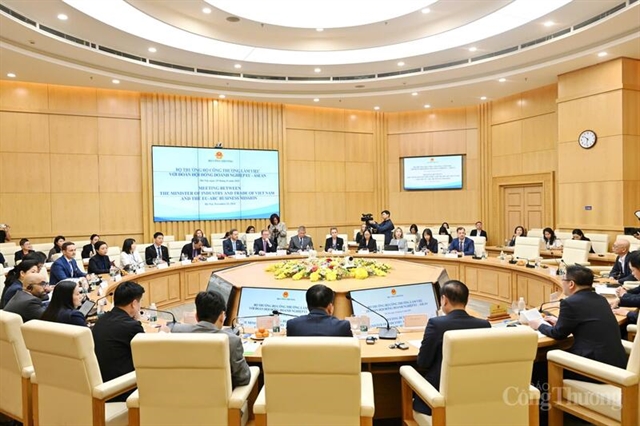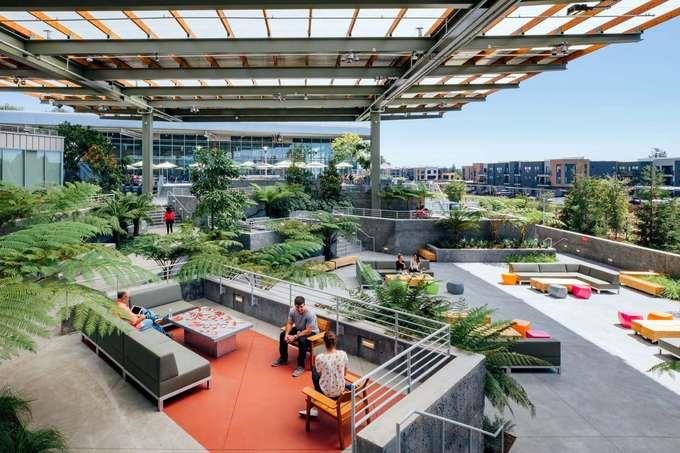 Economy
Economy

The green housing market needs support from the State, businesses and consumers to keep up with strong global development, experts said at a seminar on Wednesday in Hà Nội.
 |
| New office of facebook in Menlo Park, California.– Photo facebook |
HÀ NỘI – The green housing market needs support from the State, businesses and consumers to keep up with strong global development, experts said at a seminar on Wednesday in Hà Nội.
The development seminar was part of Việt Nam Green Building Week 2018, held in Hà Nội from September 25-29 by Green Urban Institute, IFC and the Việt Nam Green Building Council (VGBC).
“Green housing in Việt Nam is a market with great potential and development opportunities,” Hoàng Mạnh Nguyên, director of the Vietnam Institute for Green Urban Research and Development (VIGURD), said at the seminar. “However, there are still many obstacles that prevent green housing from reaching the market value it should have.”
According to Nguyên, the development of any green housing projects needs to balance the interest of a variety of stakeholders. It must consider investors, residents and urban communities.
Nguyễn Hữu Dũng, chairman of the Vietnam Association of Civil Engineering Environment (VACEE), said one important factor in building a sustainable city is making sure housing developments meet environmental requirements.
Most green housing projects are mid- or high-end developments, leaving out lower-income residents.
“We should support green developments in current and new urban areas, including subsidized and cheap housing in cities,” Dũng said.
Green housing development in Việt Nam needs more policy support from management authorities at the local and national levels, he added.
Sustainable urban development programmes should be a big part of strategic plans moving forward, especially if officials want to create a modern smart city.
Hà Nội and HCM City already have plans to transform into smart cities, Dũng noted. To succeed, those pans need a timetable and a large development investment.
Đỗ Ngọc Diệp, IFC expert on energy saving construction under World Bank Group, said there have green buildings in Việt Nam for more than a decade, starting with the first green industrial projects in 2007.
Nearly 100 projects across the country – including 85 residential developments – have received environmental certifications from local or international organisations since then, Diệp said.
While Việt Nam’s earlier environmentally friendly projects were mostly industrial and commercial, housing has emerged as a sector with potential for significant growth.
This is thanks in part to the 2005 introduction of EDGE, which focuses on resource efficiency.
Diệp advocates for a credit system to provide tax relief and help with construction licenses for companies that develop green housing projects. This is one solution that could make environmentally friendly developments a more enticing business proposition.
In addition, Diệp said state organisations should explore options for increasing demand of green housing projects in local markets.
Nguyễn Công Thịnh, deputy head of the Ministry of Construction’s Science, Technology and Environment Department, said buyers should demand green designs in new projects to create pressure on investors.
Thịnh expects the green development trend to continue, meaning more buildings will receive environmental certifications.
The construction ministry plans to ask the of Finance and the Ministry of Industry and Trade to consider amending Decree 21/2011 / ND-CP, which details the Law on Economical and Efficient Use of Energy. The amendment would create more tax incentives for green urban development programmes, and could set up a green credit system. –VNS




